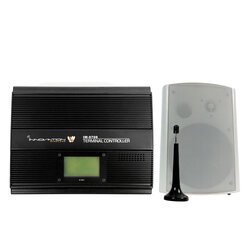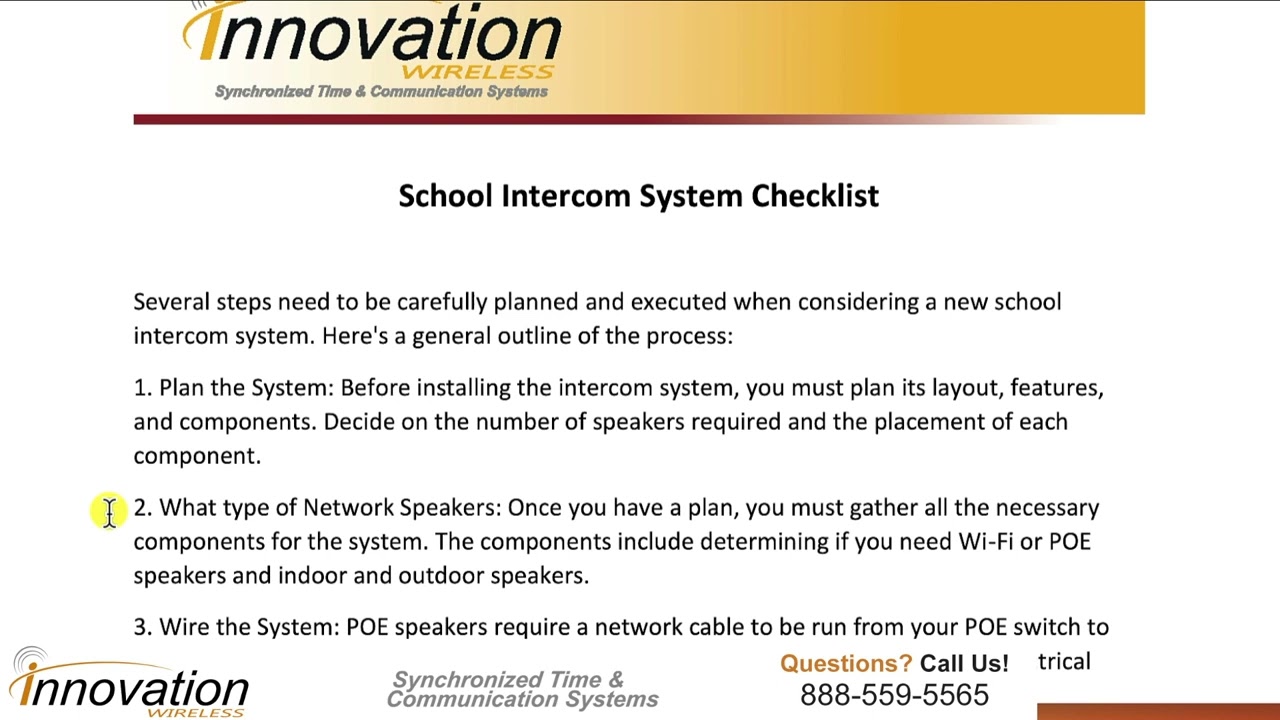Tailoring School Speaker Systems to Match Person Demands

Speaker systems in institution setups are seemingly ordinary and also nondescript, frequently located and made use of yet very little more than something plugged as well as played. Yet school speaker systems are capable of differentiating qualities that render specific individual designs better for specific applications. We explore the nature of these features as well as exactly how to take advantage of them.
School speaker systems are dispersed throughout the university and thus comprise a significant number of components. For public address (PA) purposes, a solitary audio transmitter is typically situated in the administrative workplaces, and also the audio is relayed at the same time to all speakers. The speakers might all equal, but they don't have to be, and also more effective interaction sometimes arises from private customizing.
This customizing of attributes is motivated by different objectives, such as trying to equalize audibility within a huge space, regulating sound spaces independently, or minimizing expenditures. The objectives are understood with readjusting speaker position, selecting low or high power for driving speakers, zoning teams of speakers, and/or implementing a cordless or hardwired connection.
Adjusting audibility has mainly to do with speaker positioning, and also the difficulties enhance with room size (e.g., school auditoria). Speakers aren't omnidirectional, so how they are sharp matters, however it is impossible to stop the sent out sound from interacting with the acoustic attributes of the room. Yet, one can't manage to permit some participants of the audience to struggle to hear the message just through where they are seated.
As a result, managers have to determine placements that make the most of quality and coverage throughout the amphitheater, usually by trial and error instead of scientifically. In addition, with enhancing modularity in education and learning and organization, optimal speaker placement differs as a function of environmental changes.
Driving speakers involves both individual electrical power ranking as well as the impedance degree of the whole lots of speakers. High-power speakers provide 50 watts, while low-power ones provide regarding 30 watts. In regards to institution setups, auditorium PA systems call for high power, while the reduced score suffices for a solitary speaker in class and various other little enclosed spaces.
However, if all those solitary speakers are driven by the very same source of power, resistance matching often tends to obtain thrown away of whack. In such cases, a great option is to distribute boosting by means of relays.
Grouping collections of speakers right into zones is inspired by the realization that not all notifications (or other audios) require to be broadcasted to the whole institution population all at once. (This is an expansion of the trend to decentralize the target market away from the assembly hall right into local class.) The categorization may be according to academic year, subject, or some other statistics.
In practice, some zones could be left out for numerous factors, such as the need not to be disturbed or sensitive issue. A further tweak could be customizing material according to area.
Finally, we deal with the option in between hardwiring each speaker connection and also using cordless technology. An evident variable is the enhanced flexibility and also lowered expense associated with eliminating speaker wire totally. And whereas making use of set cords made use of to be considered more trustworthy, that is actually no longer the case.
One more element is the degree of modularity present in the college. We mentioned this earlier in terms of adjusting speaker placement as space requires advance; clearly, wireless systems considerably facilitate this. A third variable is the impedance problem of powering lots of speakers, because this could affect your selection.
We tailored this write-up to universities, but the concepts are extendable into organization settings too. The public address system and also other forms of audio interaction have actually widened in operation drastically. It pays to keep all choices open when customizing school pa systems to fit specific needs.

